DeFi is booming. And it is starting with lending and borrowing. In this article, we will discuss the interest rates in the crypto lending and borrowing industry. Specifically, zero-coupon bond. In the next newsletters, we will dive into interest rate swaps, direct collateralised swaps and other interesting structures.
General Conclusion
Decentralised Finance (DeFi) is the hottest use case of Ethereum at present. DeFi has been attracting the attention of the community. In recent times, we have been experiencing a DeFi summer with the fastest growth since its inception.DeFi is transparent and autonomous. It is a set of execution of smart contracts which operate on a publicly viewable blockchain. Users need not rely upon any party or anyone. This mechanism empowers everyone who interacts with protocols.Lending and BorrowingMost popular use case of DeFi is lending and borrowing. On DeFi, we can find lending money to strangers easily by smart contracts. This means we can give someone our money to earn passive income, at the same time borrowers will also mortgage their assets to get coins they want. The collateral is not the physical asset like gold, silver or real estate. Here, the collateral is cryptocurrencies.Interest RatesOne such platform is MakerDAO which has 2.8M $ETH locked (~2.45% existing $ETH supply). MakerDAO provides $DAI — a stablecoin, when users lock-in ETH. $DAI is tried to peg at $1. It provides liquidity into the MakerDAO system. There are many other DeFi dapps like Compound, Aave, Sushiswap, etc. who use $DAI. They are providing different types of lending and borrowing assets which is backed by collaterals. Borrow and lend relate to the floating (or variable) interest rate. DeFi is doing well.
But, DeFi still lacks one important tool which provides the fixed interest rate.
Fixed Interest Rate
In traditional finance, the Fixed interest rate often understood as low-risk interest rates and almost absolutely safe. It is a needed and important factor. Clearly, it affects other factors in the economy: lending rates of banks, Interbank interest rates, Gold Price, Real Estate Price, etc. On a more macro level, one country's interest rates can affect other countries with each trading relationship.On DeFi the same. The Fixed Interest Rate will impact investor's behaviour because a rational investor always tries to produce a yield greater than the fixed interest rate (in this case). That means it will impact our portfolio.Fixed Interest Rate does not change during a loan period, allowing borrowers/lenders to accurately predict how much they need to pay or receive in future.Currently, DeFi has a lot of projects starting to implement fixed-rate products with 2 main approaches:(1) Zero-coupon bond.(2) Direct Collateralised Swap.
Zero-Coupon Bond
A zero-coupon bond (ZCB) pays a fixed yield on maturity. The crypto market is volatile and lending-borrowing is taking place on a variable rate of interest. But other one wants to control risky better by using the fixed interest rate products. Non-availability of a fixed rate of interest is a barrier towards mass adoption of DeFi.
So what is zero-coupon bond ?
A zero-coupon bond is a type of bond that does not pay interest periodically. That is interest is paid at the time of the bond purchase or on the maturity date.
Valuation
The present value of the bond is determined by its future face value, the interest rate of the bond and the duration of the bond.
PNV = (FaceValue)/(1+r)^n All things equal,
- Higher duration = lower price to pay now
- Higher face value = higher price to pay now
- Higher interest rate = lower price to pay now
In DeFi
2 ways we see zero-coupon bond concept:
- An ERC20 token with the above mechanism — lower price now for future payouts
- Protocol like YIELD.IS
ERC20 token as zero-coupon bond
Crypto research company Paradigm published a whitepaper (April 2020) depicting how to make and issuance of the zero-coupon bond as ERC20 tokens which is called yTokens.As this whitepaper, "yTokens are like the zero-coupon bonds and are backed by collateral in another asset. By buying or selling y Tokens, users can synthetically lend or borrow the target asset for a fixed term. yTokens are fungible and trade at a floating price, which means their “interest rates” are determined by the market. The prices of yTokens of varying maturities can be used to infer interest rates, and even to construct a yield curve. Depending on the target asset, yTokens can settle through “cash-settlement” using an on-chain price oracle, through “physical settlement” in the target ERC20 token, or by synthetically issuing or borrowing the target ERC20 token on another platform."To make sense easier, participants in the protocols using zero-coupon bond include the borrower, the lender, the liquidity provider.
- The borrower will mortgage the asset, in exchange for the token representing the loan, debt tokens can be redeemed at a fixed value in the future. The borrower then sells the debt token at a discount.
- The lender is a person who buys a bond at a discount price and receives interest when the bond matures.
- The liquidity provider that will provide liquidity for the bond in return receives transaction fees and profits when the bond matures. ????
yToken's yield doesn't rely upon system governance. It decides price according to market price rather than depending on governance or any formula.Compare with $DAI, the problem of $DAI is that it is pegged to $1 but the collateral is not USD and the interest rate is continuously changed by the governance model, theoretically. But yToken price is expected to float and the interest rate will be determined by the trade discount. It also will have an expiration date. If you hold yToken for a certain period, you would earn predictable of interest and if you withdraw early (difference with selling), you may incur a loss.But how does the system work exactly?"You can create yTokens by depositing collateral, then sell them to effectively borrow (and short) the target asset. Buying yTokens is economically similar to lending* the target asset. The effective ‘interest rate’ received by yToken holders is determined by the discount at which yTokens currently trade, as well as the time to maturity.”*Lending the asset because when you buy the bond via owning yTokens, it transfers the ownership of the collateral from the depositor to you.A sample use case:James wants to lend 10,000 $ETH and earns interest for 1 month. The current price of yToken (that bond token) is 0.98 $ETH. With 10,000 $ETH, he can get 10,204.08 yTokens.If he keeps it for 1 year, he will get out 204.08 $ETH.But he only wants to keep it for 1 month. So he earns 17 $ETH. (204.08/17)At the end of 1 month, he gets back his principle (10,000 ETH) and interest (17 ETH).The volatility of $ETH does not affect the yield in $ETH as the yToken has been issued against the borrower's collateralised Ethereum.
Aka, the principle and interest are denominated in the same asset. Hence, not affected by volatility.
New Same DeFi Product
Reflex Bond
One of those top upstart efforts is Reflex bonds by blockchain developer Stefan Ionescu. he outlined how to create a bond product on Ethereum that provide price stability (as stablecoins) without maintaining an arbitrary and common in the cryptoeconomy to date.In other words, reflex bonds would have "floating redemption prices"-the same with $yToken that I mentioned, that has the ability to minimise the price volatility from the market compared to stablecoins.The purpose of a reflex bond is to be a more stable representation of its collateral while maintaining a high level of reliability. If it is used in other platforms, a reflex bond can protect its user from huge and sudden volatility.
Notional Finance
Notional Finance has launched a fixed-rate borrowing/lending protocol through a financial method called $fCash. $fCash are negotiable tokens that represent positive or negative cash flow requirements at a specific point in the future, and can be traded against the base currency (e.g. $DAI, $USDC) in the liquidity groups that support AMM.Lenders buy $fCash and close a rate that represents the amount of the base currency they can claim against their $fCash at maturity. The borrower uses $fCash and can sell it to receive the base currency, in exchange for the obligation to repay a fixed amount of the base currency at a specific time in the future. $fCash tokens are always paired - assets and liabilities are always zero on the Notional system.
UMA's yUSD
UMA has launched its first yield dollar token -$yUSD (SEP20), which is essentially a zero-coupon bond redeemable for $1 at the expiry date and can be traded with $USDC through Balancer AMM.TLDR:
Economics of tokenisation and ecosystem is free weekly in your inbox. Please share it with anyone that can benefit from this knowledge.
We have explained that those products about Fixed Interest Rate, although they are quite new they are essential in the DeFi space. More Fixed Interest Rate products will appear in the future and are intended for those who want risk control and easy access to traditional investment firms that use Fixed Interest Rates for their portfolios.Next, we will continue to showcase another interesting product, the Interest Rate Swap. They are also in essence a derivative product.
[link] [comments]

You can get bonuses upto $100 FREE BONUS when you:
💰 Install these recommended apps:
💲 SocialGood - 100% Crypto Back on Everyday Shopping
💲 xPortal - The DeFi For The Next Billion
💲 CryptoTab Browser - Lightweight, fast, and ready to mine!
💰 Register on these recommended exchanges:
🟡 Binance🟡 Bitfinex🟡 Bitmart🟡 Bittrex🟡 Bitget
🟡 CoinEx🟡 Crypto.com🟡 Gate.io🟡 Huobi🟡 Kucoin.








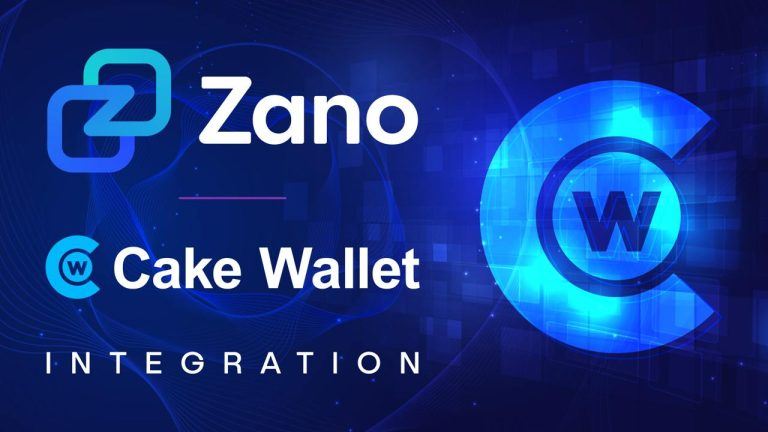




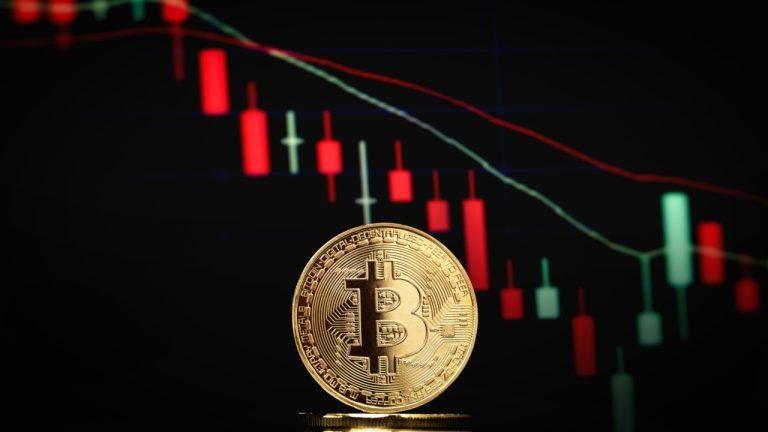

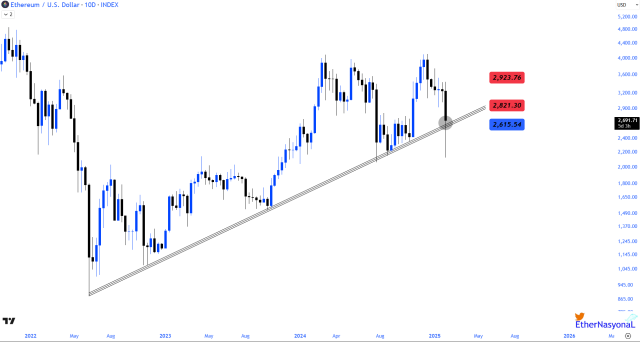


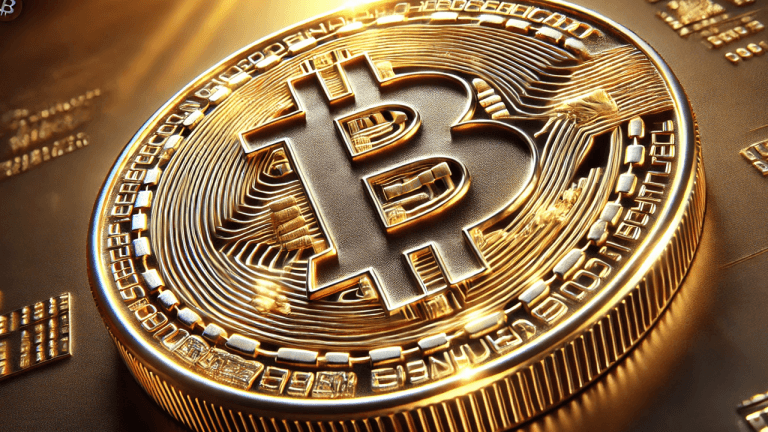
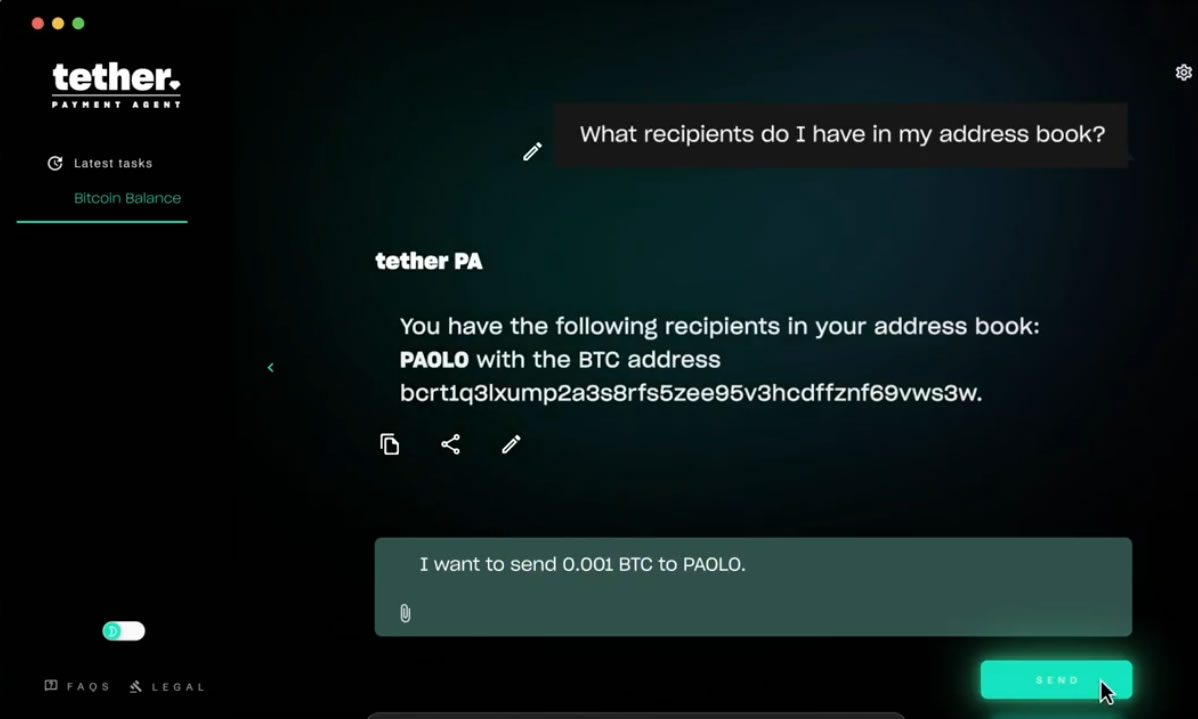
Comments